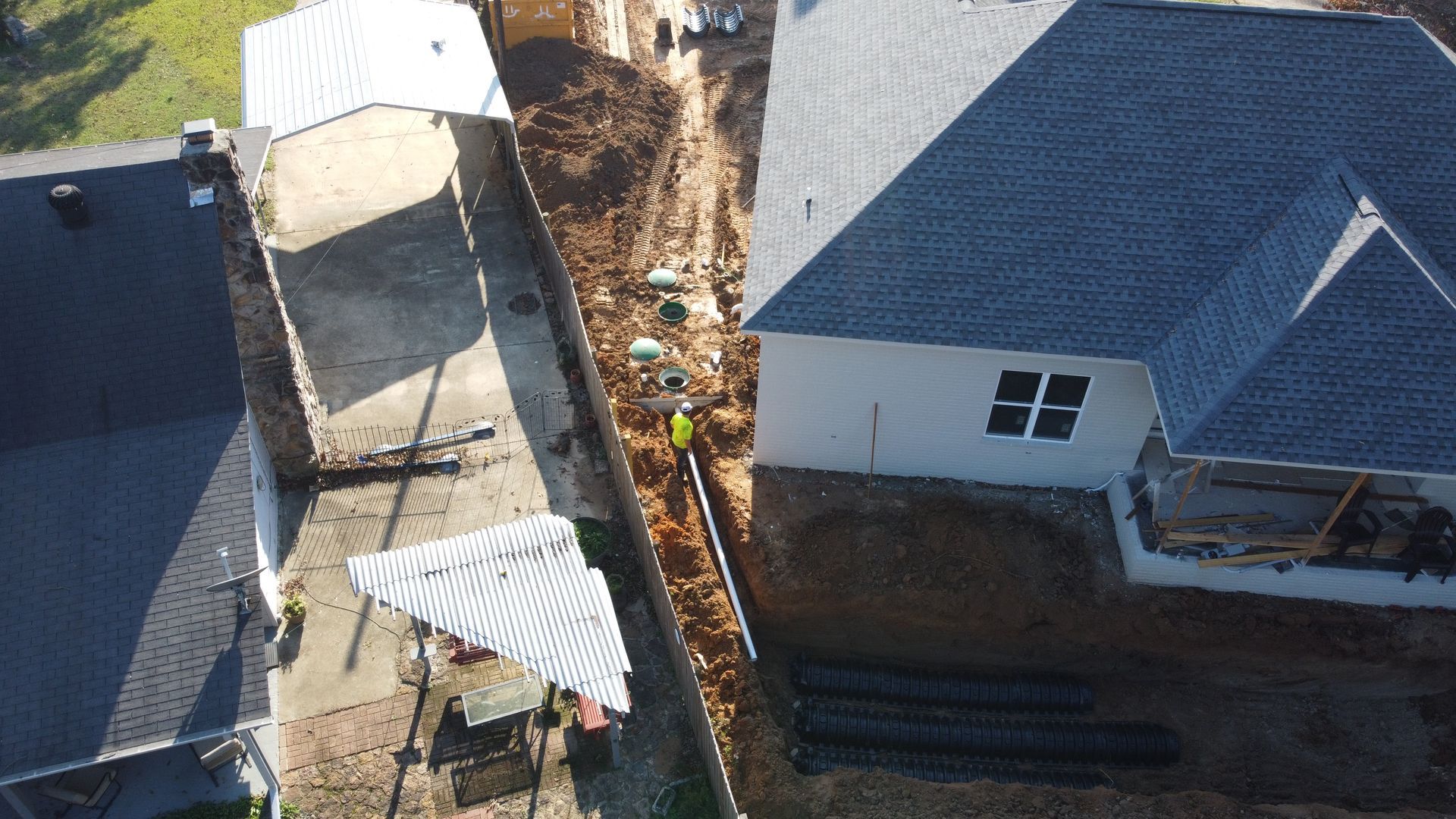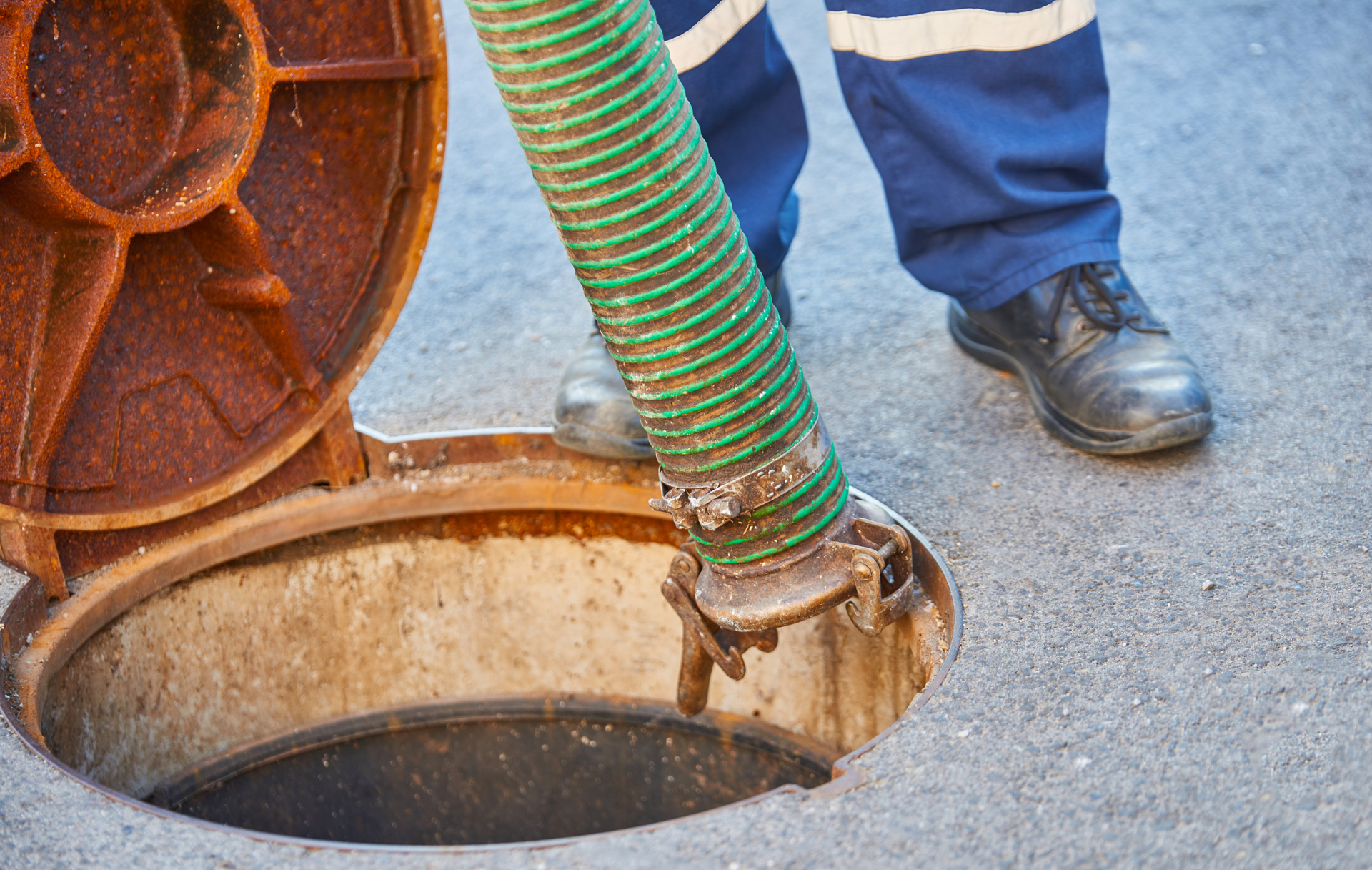Commercial Septic System Tips for Business Owners | Oxford Septic
March 20, 2024
Commercial properties, whether restaurants, hotels, or industrial facilities, rely on efficient septic systems to manage wastewater effectively. The installation of a commercial septic system is a significant undertaking that requires careful planning, adherence to regulations, and expertise in the field. In this comprehensive guide, we'll provide valuable insights and expert tips for business owners considering commercial septic system installation, with guidance from Oxford Septic Services.
Chapter 1: Assessing Your Needs
Before diving into the installation process, it's crucial to assess the specific needs of your commercial property. Considerations such as the size of the property, the volume of wastewater generated, and the type of business operations will all impact the design and installation of your septic system. Oxford Septic Services can help conduct a thorough assessment to determine the most suitable system for your business.
Chapter 2: Understanding Regulatory Requirements
Commercial septic system installation is subject to various regulatory requirements at the local, state, and federal levels. Permits and inspections are often necessary to ensure compliance with environmental and health regulations. Oxford Septic Services has the expertise to navigate these regulatory requirements and obtain the necessary permits for your project.
Chapter 3: Designing Your System
The design phase is critical for ensuring the efficiency and effectiveness of your commercial septic system. Oxford Septic Services works closely with business owners and engineers to design systems that meet their specific needs while adhering to regulatory standards. Factors such as site conditions, soil type, and wastewater flow rates are all taken into account during the design process.
Chapter 4: Site Preparation
Proper site preparation is essential for a successful septic system installation. This may include excavation, grading, and soil testing to ensure the site is suitable for a septic system. Oxford Septic Services has the expertise and equipment to prepare your site effectively, ensuring that your septic system functions optimally for years to come.
Chapter 5: Installation Process
During the installation phase, our team of experienced technicians will install the various components of your commercial septic system, including tanks, pipes, and drain fields. We follow industry best practices and use high-quality materials to ensure durability and longevity. Our goal is to complete the installation efficiently and with minimal disruption to your business operations.
Chapter 6: Testing and Inspection
Once the installation is complete, we conduct thorough testing and inspection to ensure that your commercial septic system meets all regulatory requirements and functions as intended. This may include pressure testing, flow rate testing, and soil percolation testing. Our technicians are trained to identify any issues and address them promptly to ensure the continued performance of your system.
Chapter 7: Maintenance and Care
Proper maintenance is essential for keeping your commercial septic system in optimal condition. Oxford Septic Services provides ongoing maintenance services, including pumping, inspections, and repairs, to ensure the continued performance of your system. Regular maintenance helps prevent costly repairs and extends the lifespan of your septic system, saving you time and money in the long run.
Conclusion:
Commercial septic system installation is a complex process that requires careful planning, expertise, and attention to detail. By following the expert tips provided by Oxford Septic Services, business owners can ensure that their septic systems are installed correctly and maintained for optimal performance. With our guidance and expertise, you can rest assured that your commercial property will have a reliable and efficient septic system for years to come.

Navigating the regulations surrounding septic systems is crucial for homeowners and businesses to ensure compliance, protect public health, and safeguard the environment. In this guide, Oxford Septic Services provides valuable insights into septic system regulations, offering clarity and guidance for property owners. Chapter 1: Regulatory Overview Oxford Septic Services provides an overview of the regulatory landscape governing septic systems, including local, state, and federal regulations. Understanding the regulatory framework is essential for property owners to comply with legal requirements and avoid potential fines or penalties. Chapter 2: Permitting Requirements Property owners may be required to obtain permits for the installation, repair, or modification of septic systems. Oxford Septic Services explains the permitting process, including the application requirements, approval procedures, and associated fees, to help property owners navigate the process successfully. Chapter 3: Inspection and Maintenance Requirements Many jurisdictions have inspection and maintenance requirements for septic systems to ensure proper functioning and prevent environmental contamination. Oxford Septic Services outlines these requirements, including the frequency of inspections, maintenance tasks, and reporting obligations, to help property owners fulfill their regulatory obligations. Chapter 4: Environmental Considerations Septic systems can impact groundwater quality, surface water contamination, and sensitive ecosystems if not properly maintained. Oxford Septic Services discusses the environmental considerations associated with septic systems, emphasizing the importance of responsible waste management practices to protect the environment and public health. Chapter 5: Compliance Assistance Complying with septic system regulations can be complex, but Oxford Septic Services offers assistance to property owners. Whether it's helping with permit applications, conducting inspections, or providing maintenance services, Oxford Septic Services ensures that property owners have the support they need to meet regulatory requirements. Chapter 6: Future Trends and Developments Regulations governing septic systems are subject to change as new technologies emerge and environmental concerns evolve. Oxford Septic Services discusses future trends and developments in septic system regulations, helping property owners stay informed and adapt to regulatory changes proactively. Conclusion: Understanding septic system regulations is essential for property owners to maintain compliance, protect public health, and preserve the environment. With insights from Oxford Septic Services, property owners can navigate regulatory requirements confidently and ensure the proper functioning of their septic systems for years to come.

Septic system failures can be costly, inconvenient, and hazardous to both property and health. Fortunately, with proper maintenance and proactive measures, many septic system failures can be prevented. In this guide, Oxford Septic Services shares valuable tips to help homeowners and businesses avoid septic system failures and ensure the long-term functionality of their systems. Chapter 1: Regular Maintenance Inspections Routine maintenance inspections are essential for identifying potential issues early and preventing costly repairs. Oxford Septic Services recommends scheduling regular inspections to assess the condition of your septic system and address any problems before they escalate. Chapter 2: Timely Septic Tank Pumping Regular septic tank pumping is crucial for removing accumulated solids and preventing clogs and backups. Oxford Septic Services advises homeowners to adhere to a consistent pumping schedule based on factors such as household size and usage to maintain optimal tank capacity. Chapter 3: Proper Waste Disposal Practices Improper disposal of household waste can overload septic systems and lead to system failures. Oxford Septic Services recommends avoiding flushing non-biodegradable items, grease, and chemicals down drains and toilets to prevent clogs and damage to the system. Chapter 4: Protecting the Drain Field The drain field plays a critical role in wastewater treatment and dispersal. To prevent drain field failure, Oxford Septic Services advises property owners to avoid parking vehicles or installing structures over the drain field and to maintain proper landscaping to prevent root intrusion. Chapter 5: Prompt Repairs and Maintenance Addressing minor issues promptly can prevent them from escalating into major septic system failures. Oxford Septic Services recommends contacting a professional at the first sign of trouble, such as slow drains, foul odors, or sewage backups, to prevent further damage. Chapter 6: Environmental Awareness Understanding the environmental impact of septic system failures can motivate property owners to prioritize proper maintenance and care. Oxford Septic Services emphasizes the importance of responsible waste management and eco-friendly practices to protect local water sources and ecosystems. Conclusion: By following these tips from Oxford Septic Services, homeowners and businesses can take proactive steps to prevent septic system failures and maintain the functionality of their systems for years to come. With regular maintenance, proper waste disposal practices, and prompt repairs, property owners can avoid costly and disruptive septic system failures and enjoy peace of mind knowing their systems are in good working order.
